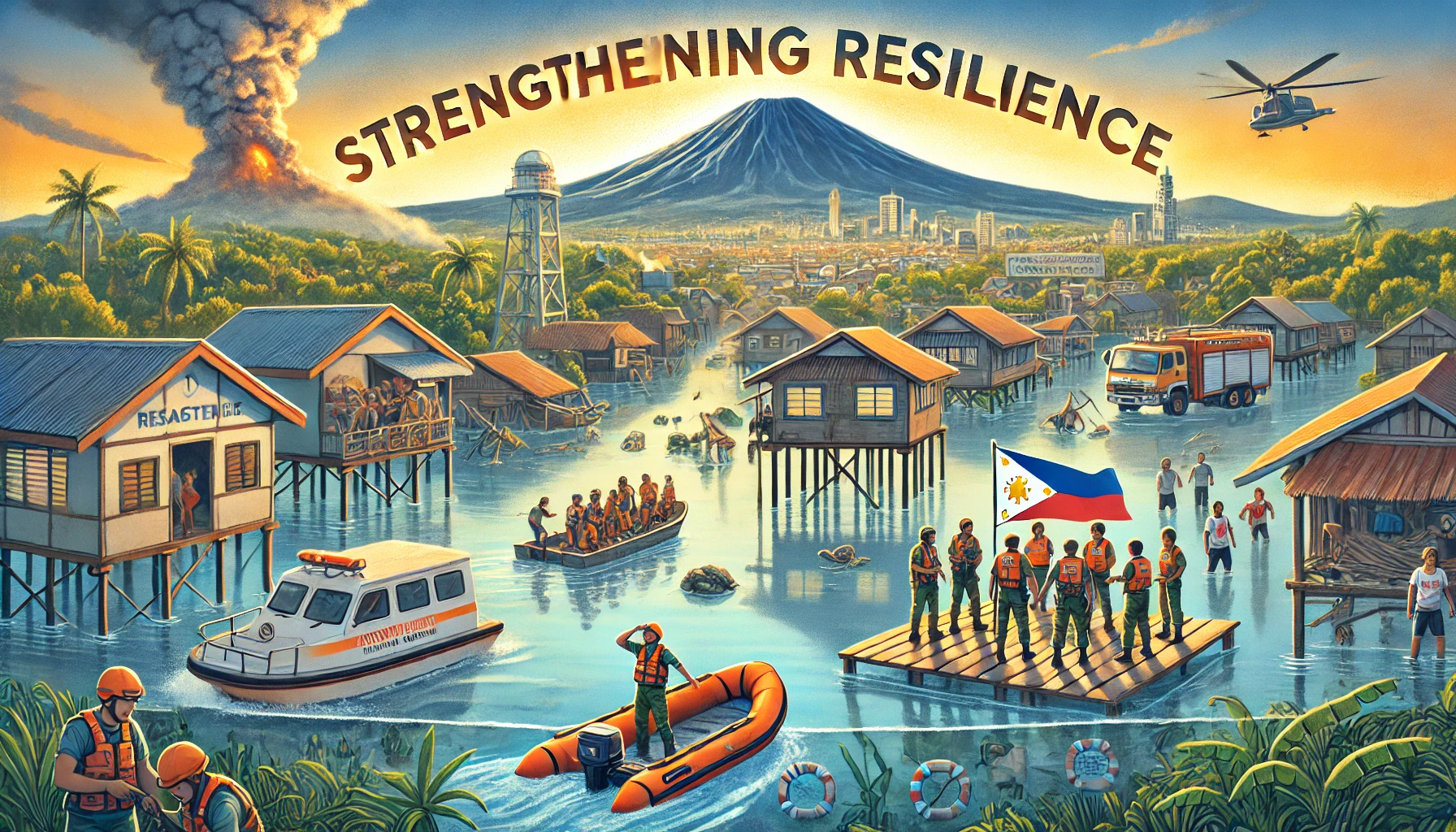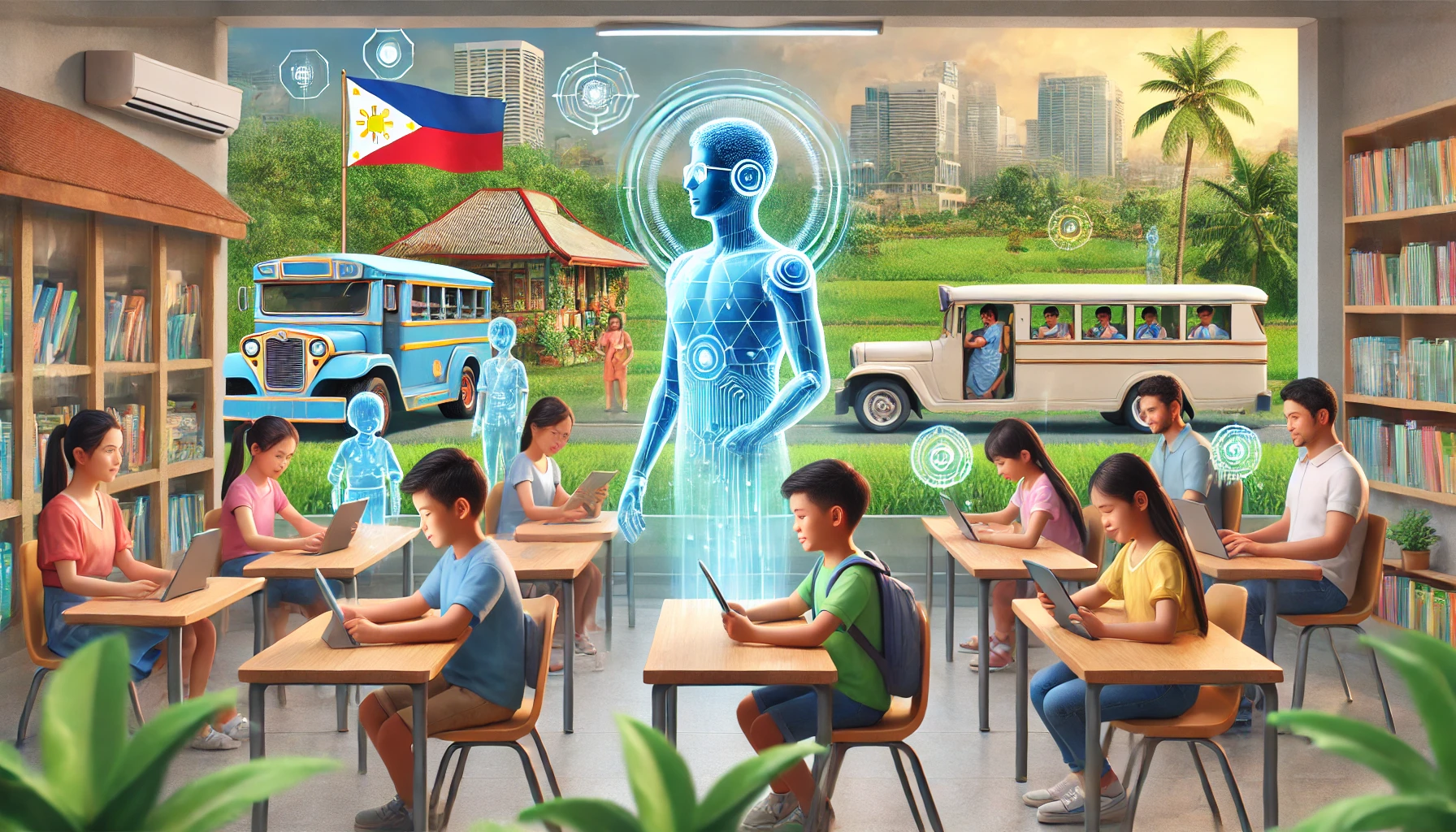The Philippines is no stranger to natural disasters. Positioned along the Pacific Ring of Fire and in the typhoon belt of the Pacific Ocean, it experiences a myriad of hazards ranging from typhoons, earthquakes, and volcanic eruptions to landslides and floods. These disasters inflict significant economic, social, and environmental costs. This article delves into the current state of disaster management in the Philippines, highlights the challenges, and explores strategies to enhance resilience.
The Current State of Disaster Management
The Philippines has taken significant strides in disaster management. The cornerstone of its strategy is the Philippine Disaster Risk Reduction and Management Act of 2010 (RA 10121), which established a comprehensive disaster risk reduction framework. This law emphasizes:
- Prevention and Mitigation: Identifying risks and reducing vulnerabilities.
- Preparedness: Ensuring communities are ready to respond.
- Response: Providing immediate assistance during disasters.
- Rehabilitation and Recovery: Assisting communities in rebuilding after disasters.
At the national level, the National Disaster Risk Reduction and Management Council (NDRRMC) coordinates efforts among various agencies. Local government units (LGUs) are mandated to create localized disaster management plans and allocate 5% of their annual budgets to disaster risk reduction.
Challenges in Disaster Management
Despite its robust legal framework, the Philippines faces several challenges in disaster management:
- Geographic Vulnerability: The country’s location makes it one of the most disaster-prone nations globally.
- Climate Change: Increasingly erratic weather patterns have intensified the frequency and severity of disasters.
- Resource Limitations: Many LGUs lack the financial and technical resources to implement effective disaster management plans.
- Urbanization: Rapid, unplanned urban growth has heightened vulnerabilities, especially in informal settlements.
- Public Awareness: While improving, disaster preparedness and risk awareness among citizens remain uneven.
Innovative Solutions for Disaster Management
The Philippines is embracing innovative technologies and strategies to enhance its disaster management capabilities. Here are some promising developments:
1. Artificial Intelligence and Big Data
AI is being used for predictive analytics, enabling accurate weather forecasting and early warning systems. For instance, AI models can analyze historical data to predict the paths of typhoons and the likelihood of flooding in specific areas.
2. Community-Based Disaster Risk Reduction
Empowering local communities to take an active role in disaster preparedness ensures grassroots participation. Training programs and simulation drills help communities respond effectively.
3. Geo-Mapping and Remote Sensing
Advanced satellite imagery and geographic information systems (GIS) are being utilized to identify high-risk zones and improve evacuation planning.
4. Mobile Technology
Mobile apps and SMS-based alert systems are being used to disseminate real-time information to the public, ensuring timely evacuation and response.
5. Green Infrastructure
Nature-based solutions, such as mangrove reforestation, provide natural barriers against storm surges and coastal erosion, reducing disaster impacts.
The Role of Government and Partnerships
A whole-of-nation approach is essential for effective disaster management. The government must collaborate with non-governmental organizations (NGOs), private sector entities, and international aid organizations. Partnerships with tech companies, for instance, can provide access to cutting-edge solutions like drones for search-and-rescue operations.
The private sector can play a pivotal role by investing in resilient infrastructure and supporting disaster response efforts. Meanwhile, international agencies can provide technical assistance, funding, and capacity-building programs.
Building a Resilient Future
Disaster management in the Philippines is not merely about responding to calamities—it’s about building resilience. This means creating a culture of preparedness, investing in sustainable development, and prioritizing climate adaptation measures.
Key recommendations include:
- Strengthening Local Capacity: Enhance the technical and financial capacities of LGUs.
- Expanding Early Warning Systems: Ensure these systems reach even the most remote communities.
- Integrating Disaster Risk Reduction in Education: Raise awareness from a young age to cultivate a disaster-resilient generation.
- Leveraging AI and Technology: Adopt AI-driven solutions for more efficient disaster management.
- Mainstreaming Climate Change Adaptation: Integrate climate resilience into all development plans.
Conclusion
The Philippines faces immense challenges as a disaster-prone nation, but it also has the opportunity to lead by example in disaster resilience. By leveraging technology, fostering partnerships, and empowering local communities, the country can mitigate the impacts of disasters and safeguard its people.
I, Evert-Jan Wagenaar, resident of the Philippines, have a warm heart for the country. The same applies to Artificial Intelligence (AI). I have extensive knowledge and the necessary skills to make the combination a great success. I offer myself as an external advisor to the government of the Philippines. Please contact me using the Contact form or email me directly at evert.wagenaar@gmail.com!
[SEO optimized]


